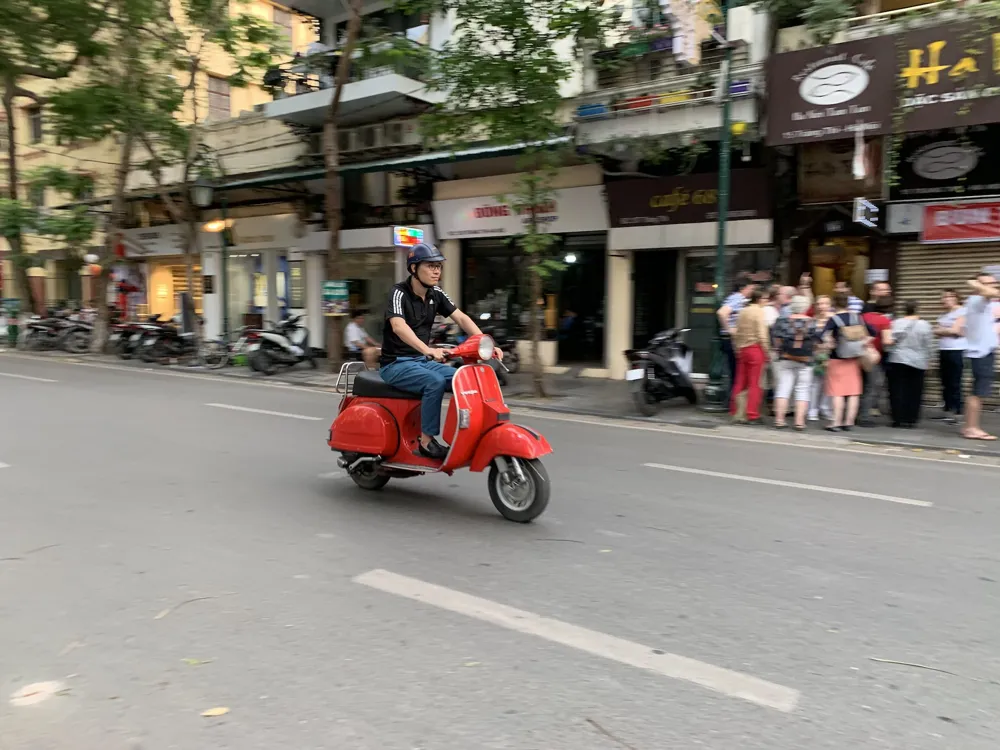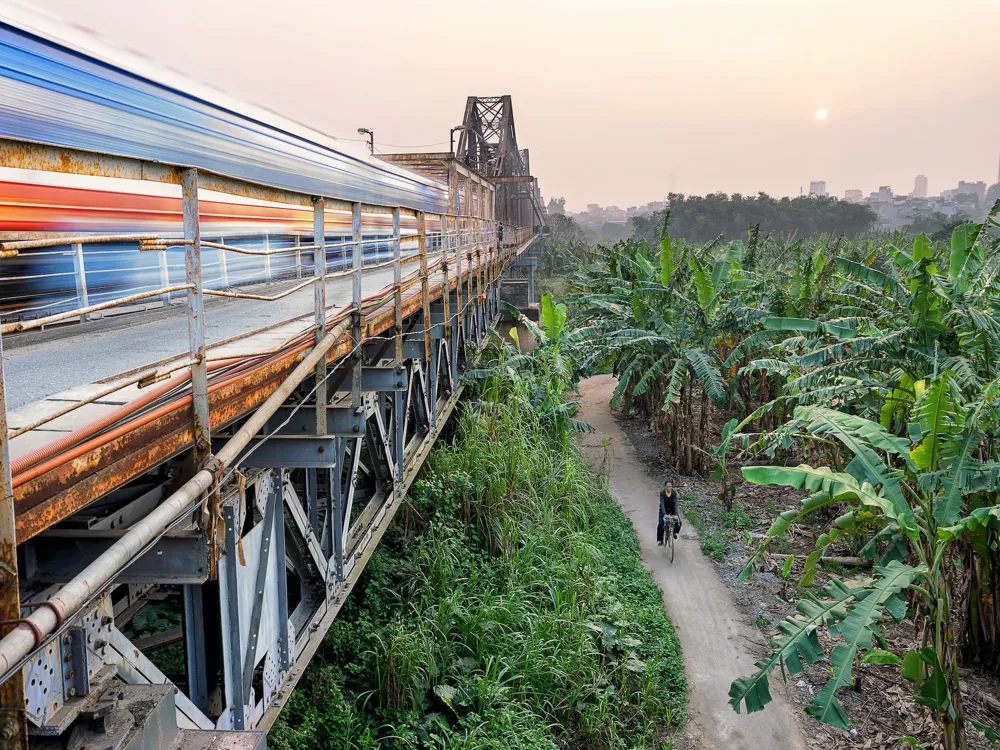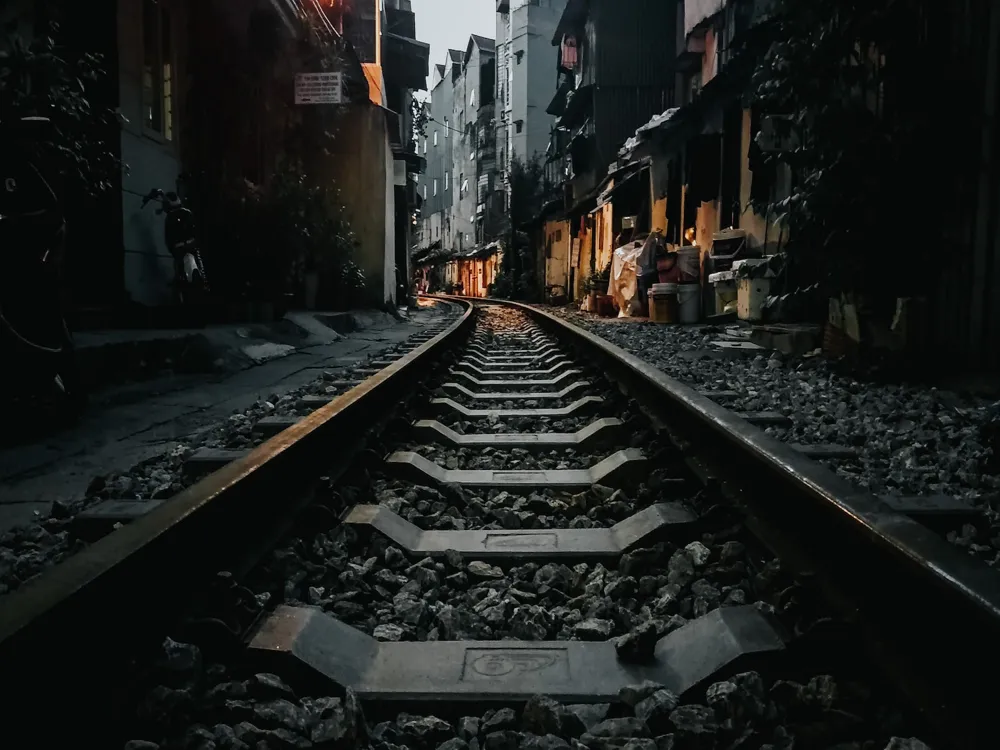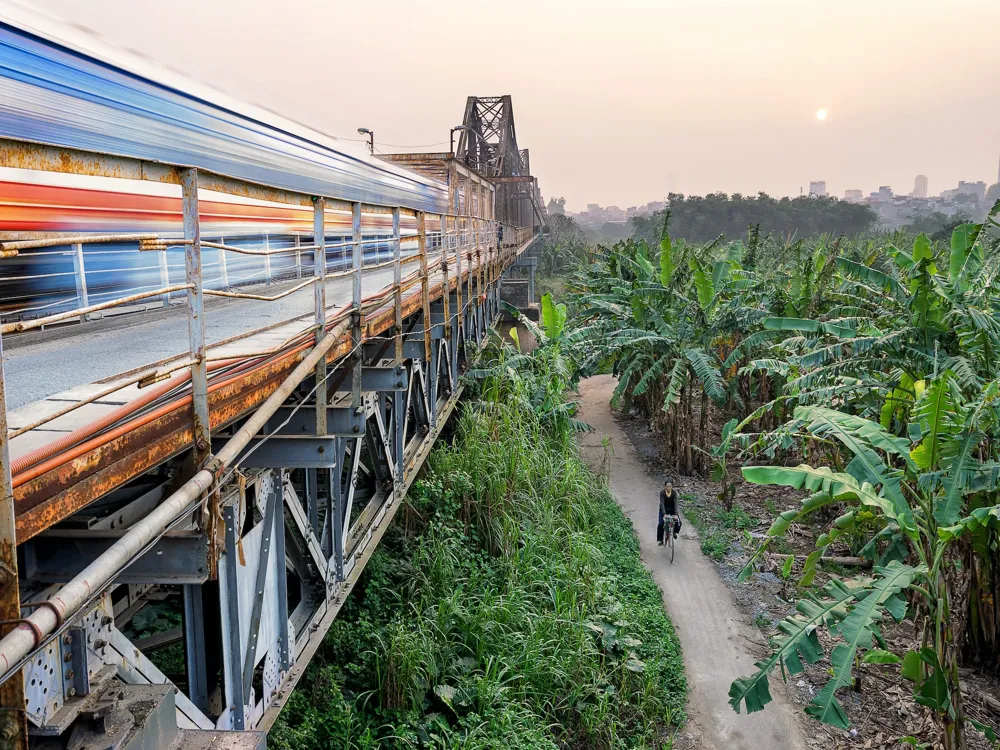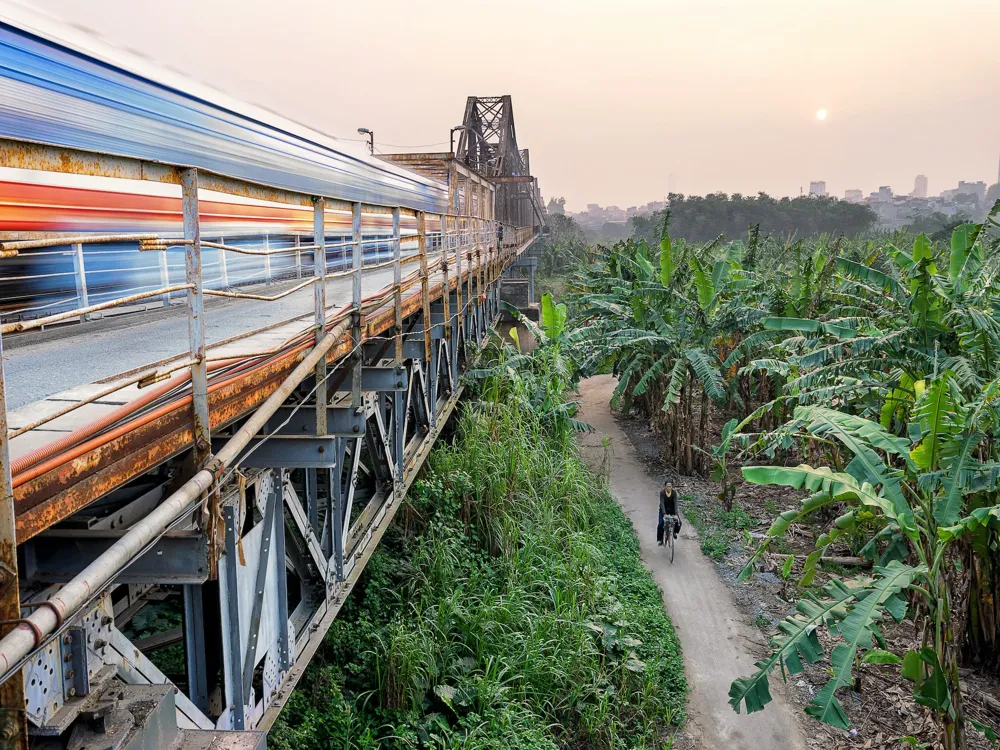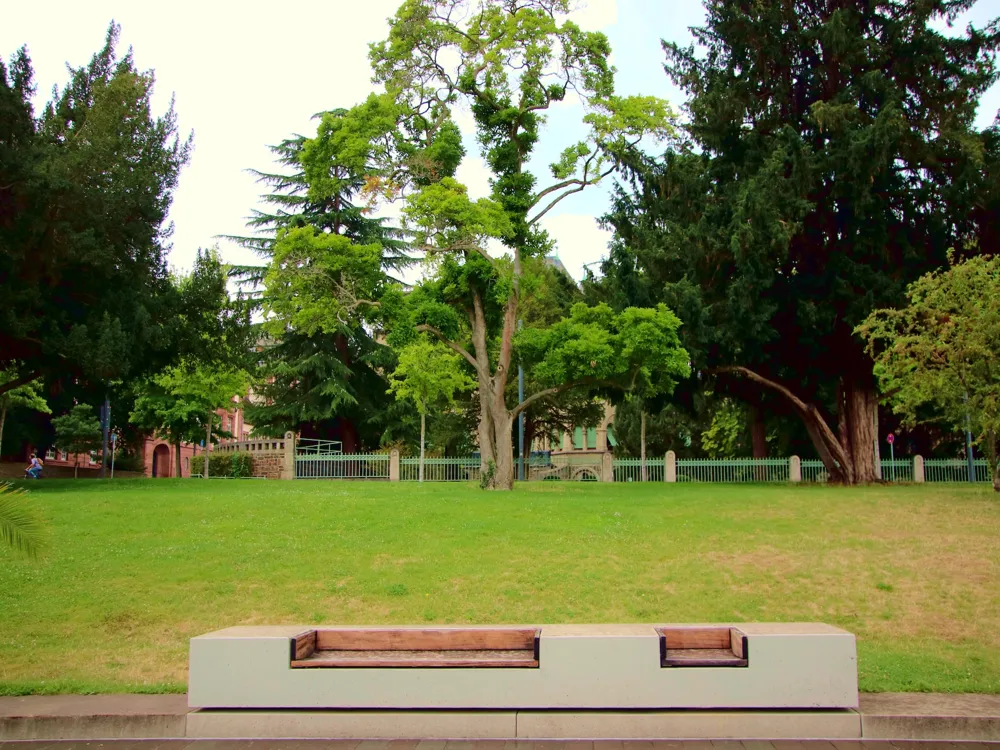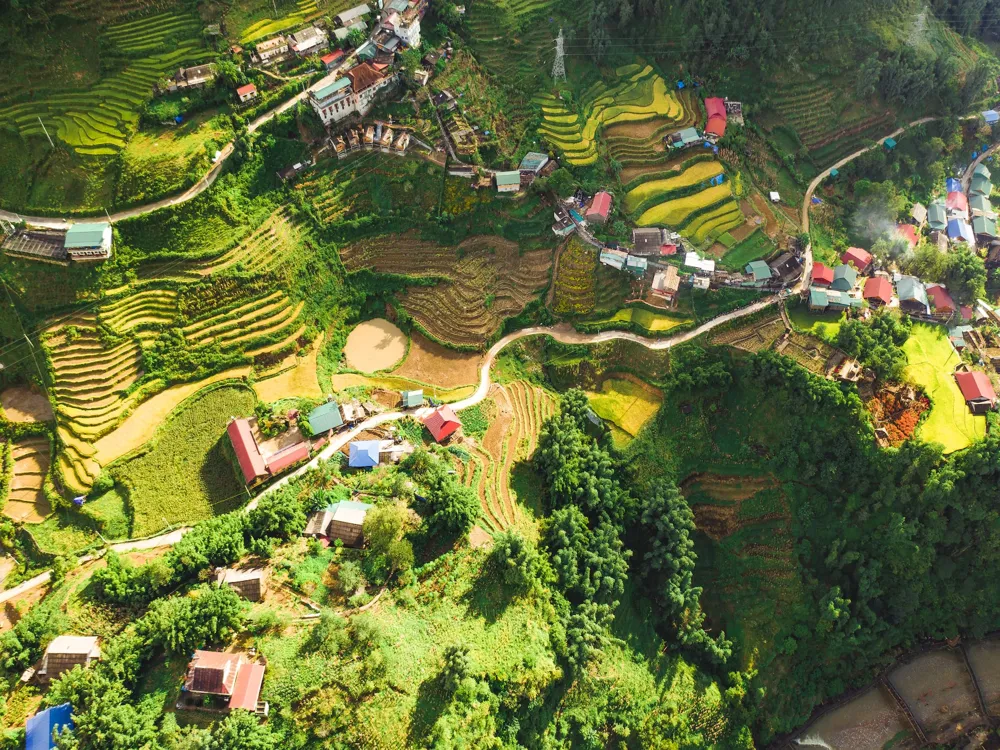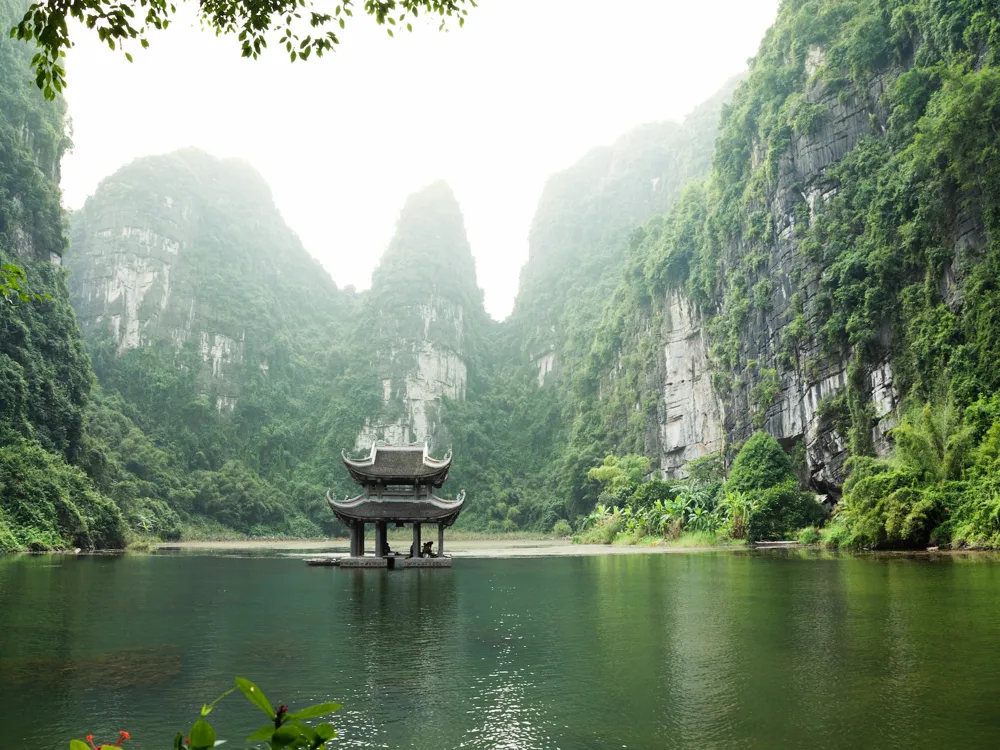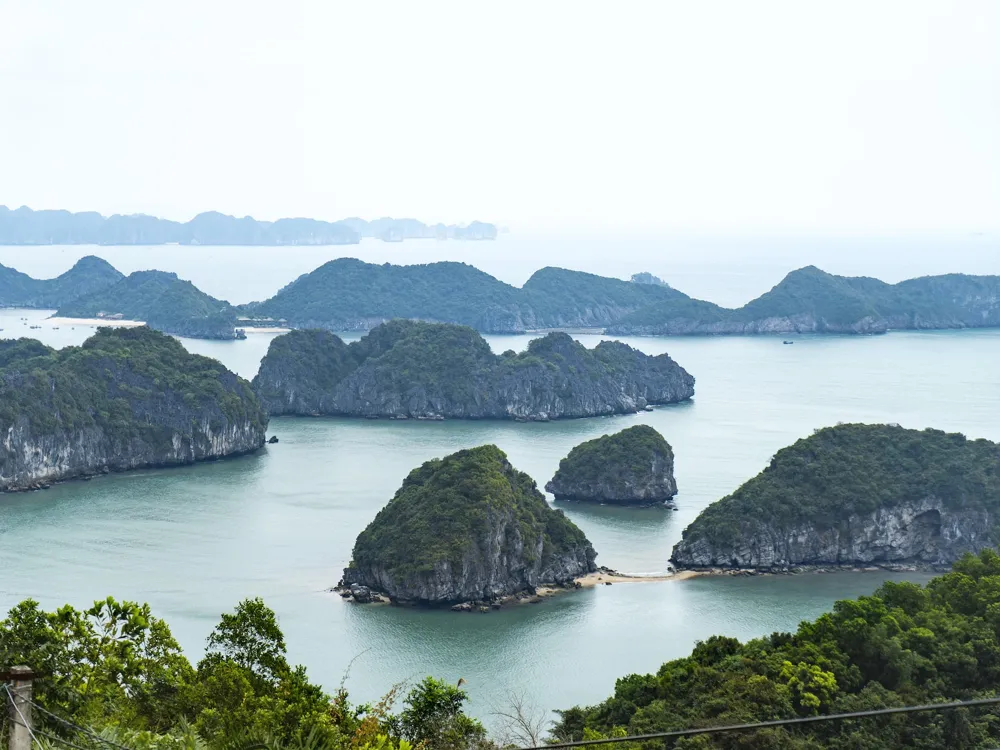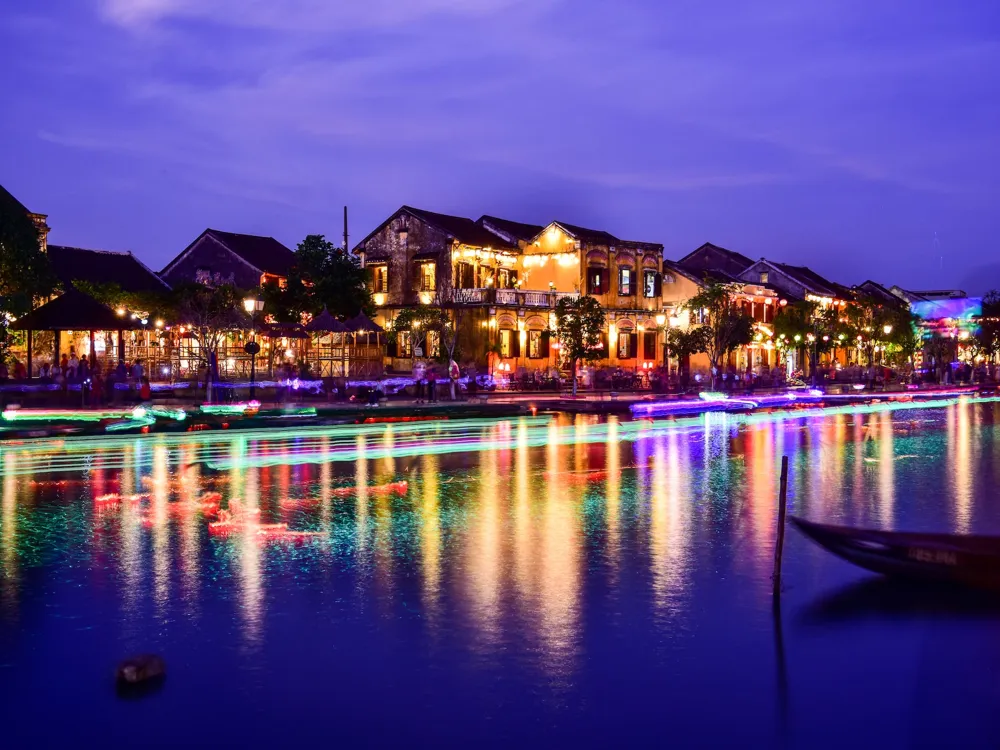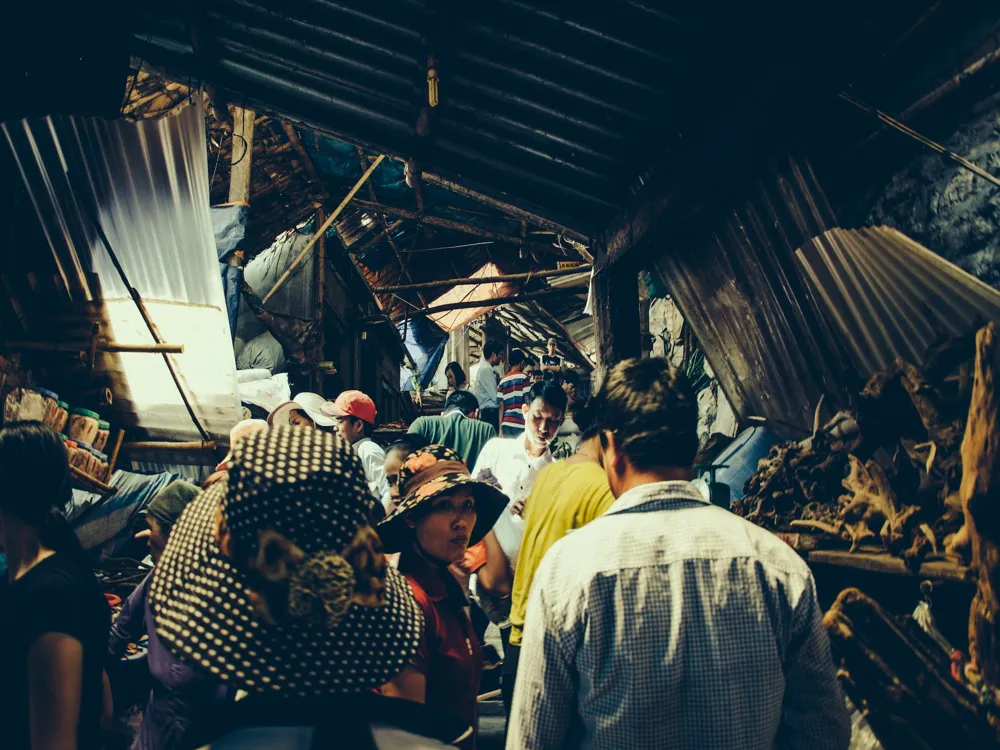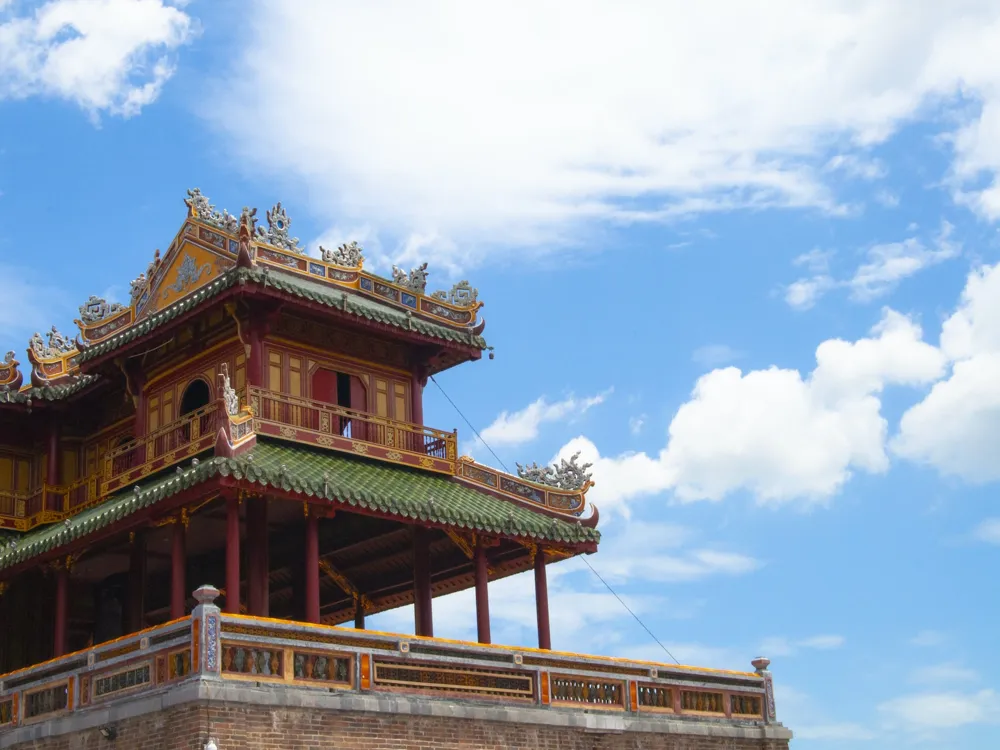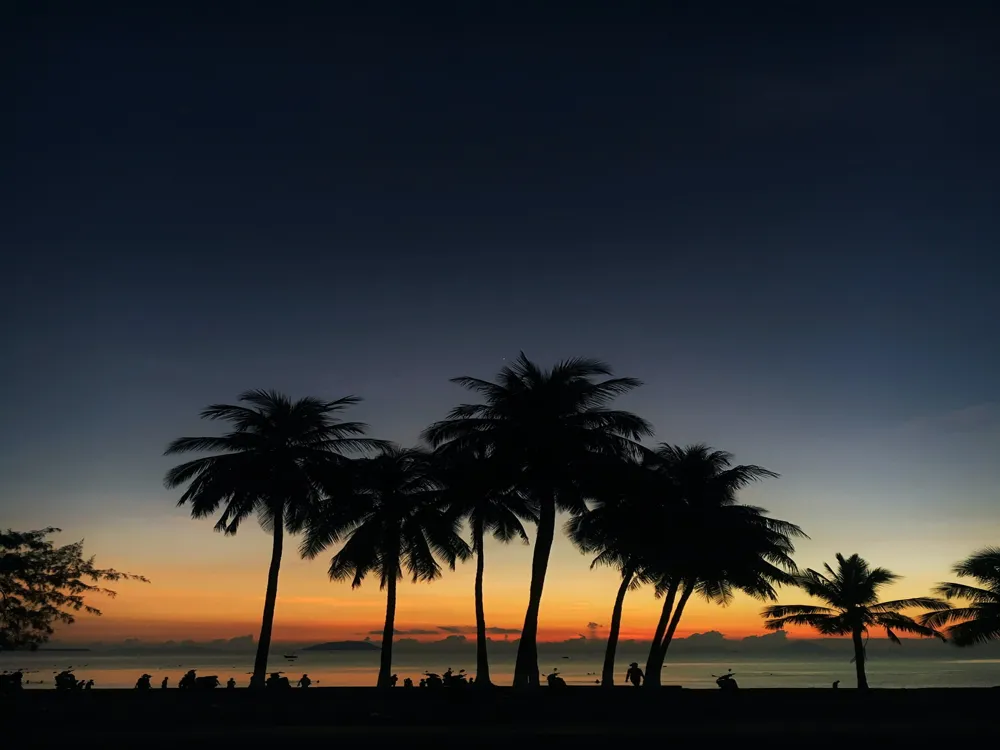Hanoi, the capital city of Vietnam, is a remarkable blend of old-world charm and modern development. This city is often the first stop for travelers coming to explore the country's rich heritage and culture. Hanoi's history dates back over a thousand years, making it one of the oldest capitals in the world. Throughout its tumultuous history, Hanoi has retained a unique sense of identity, evident in its preserved ancient temples, unique theater, and art. The city is not just a historical monument but a thriving metropolis burgeoning with new businesses and rapid urban development. As you wander through the bustling streets, you'll encounter an array of sensory experiences - the scent of Vietnamese coffee, the sound of vendors selling their wares, and the sight of the city's vibrant life. Hanoi is a city of contrasts, where you can find serene parks and lakes just a stone's throw away from hectic marketplaces. The blend of French colonial architecture with Asian influences makes for a visually stunning urban landscape. The city's cuisine is just as diverse, offering a mix of traditional Vietnamese dishes, French-influenced cuisine, and international flavors. Hanoi is not only the political center of Vietnam but also the heart of its culture. The city is home to numerous museums, including the Vietnam National Museum of History, the Vietnam Museum of Ethnology, and the Ho Chi Minh Mausoleum. These institutions offer insights into the country's past, from ancient times to the contemporary era. Hanoi's famous Old Quarter, with its '36 streets', is a testament to its rich history, where each street was traditionally dedicated to a different trade or guild. The city is also a center for Vietnamese arts and theater, most notably the traditional Water Puppet Theater. This unique art form, which dates back to the 11th century, combines music, storytelling, and puppetry over water. The Thang Long Water Puppet Theatre in Hanoi is one of the best places to witness this unique performance that illustrates scenes from rural life and national history. Despite its deep historical roots, Hanoi is rapidly modernizing, with new skyscrapers and developments emerging alongside traditional structures. This development reflects Vietnam's rapid economic growth and Hanoi's role as a hub for business and innovation in the region. The city's skyline is increasingly dotted with modern architecture, signifying its progress and forward-looking vision. Hanoi's architecture is a complex layering of various eras and styles, reflecting its rich history and the various influences that have shaped the city. From ancient temples to French colonial buildings and modern skyscrapers, Hanoi's architectural landscape is diverse and fascinating. The city's ancient temples and pagodas, many of which are over a thousand years old, offer a glimpse into Hanoi's past. The Temple of Literature, built in 1070, is a prime example of traditional Vietnamese architecture. It was the site of the first university in Vietnam and is dedicated to Confucius, reflecting the strong influence of Chinese culture in Vietnam. The French colonial period left a significant mark on Hanoi's architecture. The Opera House, Saint Joseph Cathedral, and the historic Hotel Metropole are prime examples of this era. These buildings are characterized by their grandeur, intricate details, and a blend of French and Vietnamese styles. The French also contributed to the planning of the city, with wide boulevards and French-style villas, adding to the city's charm. In recent years, Hanoi has seen a surge in contemporary and modern architecture. The Lotte Center, a 65-story skyscraper, is a symbol of this new wave. It offers panoramic views of the city and is a testament to Hanoi's rapid development and modernization. The mix of old and new in Hanoi's architecture speaks volumes about its history and its aspirations for the future. The best time to visit Hanoi is in the spring (February to April) and autumn (October to December) when the weather is pleasant with milder temperatures. Visitors should be aware of local customs such as removing shoes before entering temples and homes, and dressing modestly when visiting religious sites. Getting around Hanoi can be challenging due to its busy traffic. It's recommended to use taxis or ride-sharing apps for convenience and safety. While Hanoi is famous for its street food, it's important to eat at reputable places to avoid foodborne illnesses. Drinking bottled water is also recommended. Engage in local cultural experiences like watching a water puppet show, visiting historical sites, and trying traditional Vietnamese coffee. Hanoi is well-connected and accessible from various parts of the world. Noi Bai International Airport is the main gateway for international travelers, located about 45 minutes from the city center. From the airport, visitors can take taxis, buses, or private transfers to reach the city. For those traveling within Vietnam, Hanoi is well-connected by rail and road. The city's train station connects to major destinations like Ho Chi Minh City, Hue, and Nha Trang. Additionally, Vietnam's extensive bus network makes it easy to reach Hanoi from other cities.Overview of Hanoi
The Heart of Vietnamese Culture
Artistic and Theatrical Traditions
Modern Development
Architecture of Hanoi
Ancient Temples and Pagodas
French Colonial Influence
Contemporary and Modern Architecture
Tips When Visiting Hanoi
Best Time to Visit
Local Etiquette and Customs
Navigating the City
Food and Safety
Cultural Experiences
How To Reach Hanoi
Hanoi Police Museum
Hanoi
₹ 15,260 onwards
View hanoi Packages
Weather :
Tags : Museum
Time Required : 1 - 2 hours
Planning a Trip? Ask Your Question
Hanoi Travel Packages
View All Packages For Hanoi
Top Hotel Collections for Hanoi

Private Pool

Luxury Hotels

5-Star Hotels

Pet Friendly
Top Hotels Near Hanoi
Other Top Ranking Places In Hanoi
View All Places To Visit In hanoi
View hanoi Packages
Weather :
Tags : Museum
Time Required : 1 - 2 hours
Planning a Trip? Ask Your Question
Hanoi Travel Packages
View All Packages For Hanoi
Top Hotel Collections for Hanoi

Private Pool

Luxury Hotels

5-Star Hotels

Pet Friendly







